Notes
The State of the News Photo — Part 1 of 3
The synergy with social media. The key role in our “persuasion culture.” The greater content value and editorial power. If you haven’t read Part 1, enjoy. If you have, all three parts are now online.
The State of the News Photo:
Presented at the Photoville Photography Festival
June 23, 2012
Michael Shaw, Ph.D.
Publisher, BagNewsNotes.com
*******
If you weren’t able to make it to Photoville, we hope you’ll enjoy the presentation here in a “long read” format. You can find archive links to the three posts here.
*******
Introduction
It seems it wasn’t that long ago the buzz in the photojournalism world was that still images were on the way out, to be subsumed by video and multimedia. Instead, however, I believe this is a breakout period for news photos. In spite of that pain and flux the news industry is experiencing, the news photo is enjoying:
•An accelerating visibility,
• increased messaging and editorial impact,
• changing styles and aesthetics,
• new ways of delivery, and
• a second and third and fourth life on the internets.
I’m pleased to take the opportunity to discuss the state of the news photo and assess where the news photo stands today and where it’s headed. As a road map, I’ll be discussing:
• The new prominence of news stills … and exactly what is a news photo these days?
• How and why news photos are playing a more important cultural role.
• The greater editorial opportunities presented by the news photo and suggestions for an expanded (editorial) role.
A word about definitions
Because it’s difficult, perhaps even impossible now, to talk about news photos without also talking about news images – specifically video stills, photo illustrations, photoshopped images and magazine covers that are mostly photographic in nature, I’m prompting you to think about news photos in these expanded terms. Certainly, a photo is a photo, but because the news stream is not really differentiating anymore, I’ll be addressing them interchangeably.)
The new prominence and visibility of the news photo
If there’s nothing certain in life, one thing you can bet on is that at least one or two photos are going to dominate the news cycle in the next 30 days with at least another half-dozen soaking up at least a half-day worth of buzz in the political or the media sphere. And in most cases, they will not necessarily be images that you’d expect…
(This screen shot above was taken of and by Anthony Weiner.)
These are US soldiers displaying Afghan suicide bombers body parts as souvenirs.
A newswire image of Mitt Romney standing on a chair in Iowa that went viral.
Samuel Aranda’s World Press winning photograph from Yemen. It sparked wide discussion online about its parallel to the Madonna and Child, and the influence of Christian iconography in the award.
Obama getting an earful from Arizona Governor Brewer.
Aisha, the Afghan woman whose portrait appeared on the cover of TIME Magazine.
The hoodie.
Controversial homecoming kiss.
First military sanctioned lesbian homecoming kiss.
Corporations are people.
The iconic photo from the recent London Riots.
We are the 99% Tumblr blog.
An increasing infamous outtake from a Bain Company photo shoot.
A still of Osama bin Laden from video confiscated from his house after he was killed by NAVY Seals.
A Twit Pic from White House correspondent Mark Knoller.
A self-portrait Anders Breivik published to his Facebook page. Other news photos were distributed from his YouTube video manifesto.
The government fights hard to claim that the release and publication of these kinds of photos is a threat to US troops and the larger war effort. With all the massacres and U.S. soldier’s trophy shots from Iraq and Afghanistan, however, each new incident, and set of images, seems to become less noteworthy.
The White House pretended it didn’t tip off AP’s Charles Dharapak that Mrs. Obama would be shopping at Target that day. Obviously, the fact he was there – given POTUS’ expression – had to be a coincidence, right?
This is not a news photo but what it does highlight is how much protests these days are tailored to the camera and the newswire photographer, the more effective protest signs the equivalent of a “sound bite.”
The image of an Egyptian protester stripped of her burka. This image circulated worldwide, via traditional media and social media.
But then, If the news photo, or the news image, truly is more prominent than ever now, the question is: why?
What is a news photo these days?
If you’re thinking about news photos as playing a simple Illustrative function where they play nice, do what they’re told and then retreat quietly into the archive, those days are over. Like the role player on TV that suddenly gets his or her own show… the news photo has taken on a much larger, and more independent cultural role. As a three pronged explanation how that’s happened the answer is: the Internet, social media and spin culture. But let’s break it down a little more…
Circulation and the social networks
The news site today is no longer the end destination for a news photo. Instead, it’s the quick audition and jumping off point for a larger life, sometimes a viral one, as an object of thought and cultural commentary by the ideological media, citizen journalists and the public at large via social network distribution and fair use. Whereas the newspaper and broadcast news traditionally held a physical and editorial monopoly over news imagery, that authority has been largely diffused by the internet. And like a big bulletin board, there’s now a built in anticipation on Twitter,Tumblr, Facebook, Pinterest, and cultural, political and photo websites and blogs about what news images are out there and what the next key image is going to be.
Conservative blogs went on for days about whether Obama’s bow to the Japanese emporer was an abdication of American exceptionalism.
A studio photo of a mother nursing her 3 year old not only raised debate about extended breastfeeding. But raised questions about the confrontational title, the lack of connection between mother and child, the defiant look of the boy and the explanation, by photographer Martin Schoeller, that the photo was “inspired by the Madonna and Child.”
A more cautionary example is what happened as the result of a photo assignment by Getty’s Spencer Platt when, not hours after being published online, his photo-story about the urban plight of downtown Utica spawned a backlash, driven initially on Twitter by angry residents and officials in the city. Social media driving the visual news agenda
When it comes to news worthy images, however, the internet is having a game-changing effect that goes far beyond the distribution and amplification of published news photos. From a publishing standpoint, the web has claimed its own status as a distributor and arbiter of vital imagery, so much so that the internet has become a major pipeline for images finding their way into the news media as stories in their own right, turning photo editors working for traditional news sites as much into curators of social content. Video released by Wikileaks of a Baghdad helicopter attack confirmed responsibility for the killing of two Reuters journalists, raised more questions about virtual war (these attacks were by helicopter gunships, not drones, but they were still remote guided attacks), revealed a shocking gung-ho attitude on the audio, and further highlighted the moral ambiguity of the war in Iraq.
Bypassing traditional media altogether, this White House photo of Obama and his team monitoring the operation to kill Osama bin Laden spawned endless conversation regarding it’s exclusivity as well as intense interest in the scene and the potential state of mind of all the visible players.
The viral circulation of a photo taken by a UC Davis student of the pepper spray attack on a docile group of student demonstrators sparked widespread outrage.
The photo also spawned an internet craze of photoshopped images parodying the officer defoliating the broadest swath of sacred cultural symbols, a marvelous example of non-verbal, populist commentary.
And the world had no idea how cool Hillary was – not even the wire photographers who took the original photos — until the Tumblr craze took off. Spin culture
The second reason news photos have become more prominent and are attracting closer interest is the result of spin culture. We are living in a marketing society where objectivity has become an antiquated notion and persuasion is a way of life. Given the symbolic and emotional properties of photography, and the fact most entities with power and resources – governments, political parties, corporations, and the ideological media –are crafting images with an agenda in mind, news imagery – which for a long time might have been seen as more informational and objective — has come to be recognized as more strategic, ideological and managed. Today, we see an executive branch which not only produces it own imagery, it publishes it on its own platforms. Industry is also constantly vying to define the narrative and even manage the pipeline.
This was BP’s media control center during the Gulf oil spill.
… And here’s the image before they doctored it.
This CBS screen shot shows BP personnel, riding with the Coast Guard, preventing media from accessing the massive Gulf oil spill.
That’s a photo from TEPCO shortly after the Japan Earthquake trying to convince the world that the problems at the Fukushima nuclear plant were confined to one crack.
And, flush with cash, and targeting more broadcast channels and a growing audience for web video, supposedly independent, unregulated political PACS are also endlessly circulating subversive imagery, especially around election time.
A more objective read on news images is also being confounded by visual spin from corporate media organizations with a political bias. (This screenshot for the 2008 election played on the stereotype of the angry black woman.)
A great deal of imagery has been circulating for some time, as well, from the subjective independent media
And then, the old distinction between independent bloggers and traditional media is all but dead, a preponderance of subjective imagery being published now by traditional news organizations on freewheeling blogs operating free of the editorial objectivity of their more traditional news sections. The news photo as editorial element and invitation to dialogue
Given the internet as a canvas for news imagery and given the spin factor, also, we’ve moved past the point where the news photo simply serves an illustrative role to a new reality where that photo is now perceived as two things at once: #1) an editorial element, or a story itself #2) an invitation to dialogue.
What I’m saying is that the photo is no longer perceived as a passive and descriptive element but rather a supposition to be read and interpreted – the equivalent of a news story and an opinion piece — but potentially much more powerful because of its sensory and emotional capacity. And here’s where the combustion comes: If you take an image perceived more as a piece of narrative and also an element of persuasion and drop that stimulus into what we call “a dialogic space” — or the giant online cocktail party slash public seminar slash debate known as the internet — it is no longer a limited and defined role player to words but has morphed into something thoroughly different – an element with its own editorial and persuasive properties.
If the profundity of this transformation is not exactly sinking in with a lot of people yet – including people in news publishing — what’s important to understand is that the public (being visually thought-bombed at every turn by product advertising and the never-ending campaign cycle, their video diet riddled by product placements) does get it, and is getting wiser as to how it works. …With that in mind, I have a question for you. Who would you say has been the “Photo Editor of the Year” so far in 2012 for news?
…If you asked me, I’d say – hands down — it’s Trayvon’s mom.
Trayvon Martin’s family, with likely thousands of images out of the family album to choose from, “won the internet” with a brilliant two photo edit introducing their son to the world frozen in time as a 13 year old following his highly contentious death in Florida. The choice of the hoodie photo alone (whether consciously brilliant, subconsciously brilliant, or just blind luck) is worthy of the photo editing Hall of Fame.
The cherub-like image of Trayvon in the red seagull t-shirt with “Hollister” and, especially, “Malibu” on it — connoting family vacations; California; and surf and sand — was also an inspired amazing choice.
The hoodie, though…. The hoodie. Extending way beyond portraiture, the visual actually sent people into the streets in a visceral reaction against the racial stereotyping of this piece of clothing. What it also did was set off a photographic chain reaction in the media space and the social nets crafting social commentary that outpaced any textual or oral reaction. And, it was way easier to read.
The protest photo above, for example, turned the stereotype “on its head” through accentuation. We featured this photo on BagNews because it did EXACTLY what it was supposed to do: objectify white fear of the hooded black male.
The Trayvon photos also spawned a raft of independently-produced images that swept through the public nets: What was brilliant about the Lebron James-Miami Heat tribute portrait was the way it mirrored how the nation loves to glorify the black man and black cool and hip-hop culture — including urban threads — as long as its in the service of the (largely white-owned) sports industrial complex.
If you’re not as savvy as the Martin’s when it comes to the visual media space, however — beware.
For George Zimmerman’s part, the neighborhood watch volunteer was singly represented initially by the less advantageous mug shot above, featuring a brooding, somewhat angry expression. What isn’t widely known is that the Zimmerman photo was even more dated than Trayvon’s, almost seven years old — taken after he was arrested for assaulting a police officer. (The charges were dropped.) A second fact, by the way… That’s not jail attire as almost universally perceived. It’s just an orange polo shirt Zimmerman happened to be wearing that day—
the same one we see in this old MySpace snapshot of him posing with his girlfriend.
************
click for: State of the News Photo, Part 2: The news photo as spin and the editorial challenge (with special focus on the White House; the Pentagon; and political image makers in the PR Industry)
(photo credits to follow)
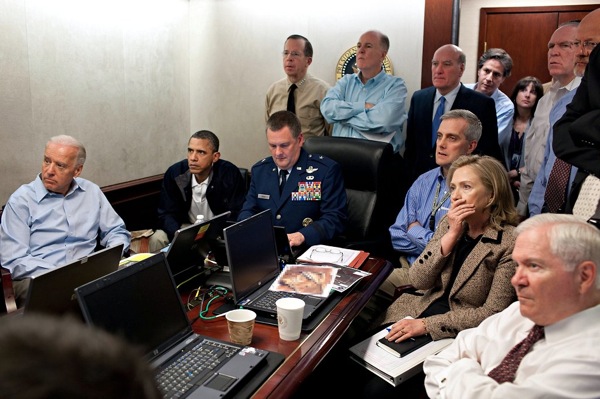

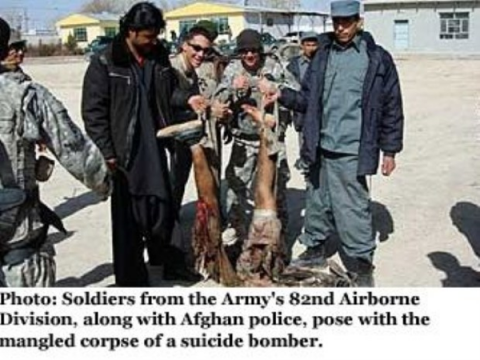
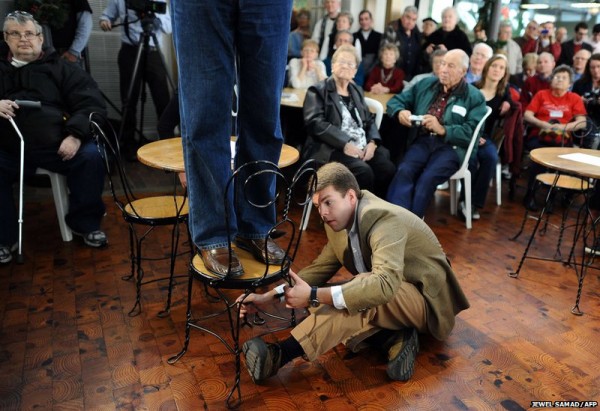
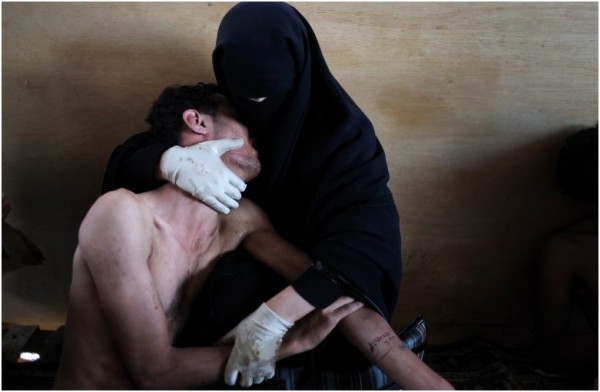
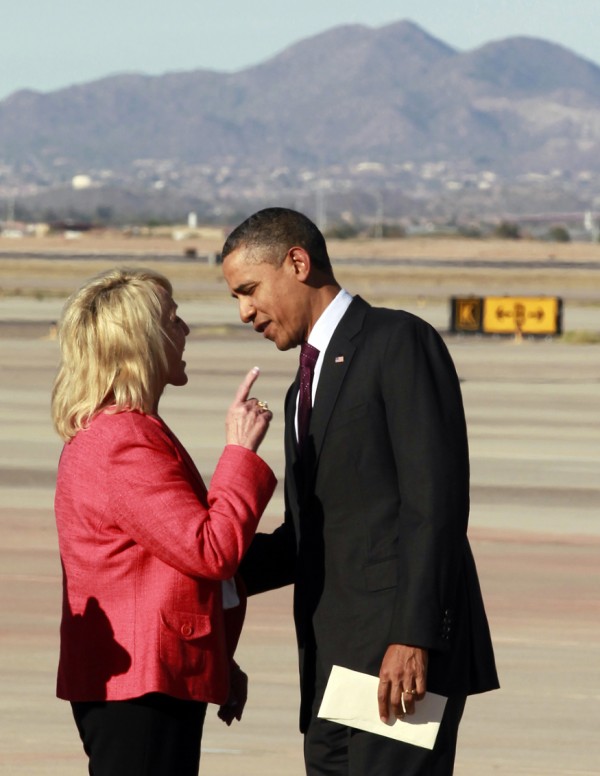
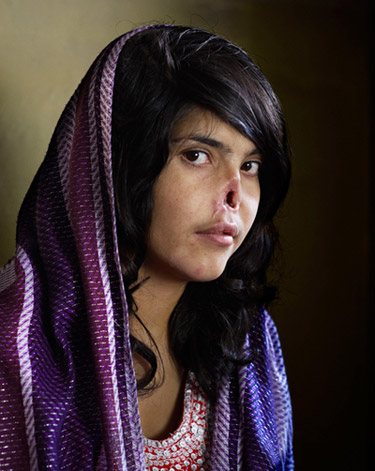
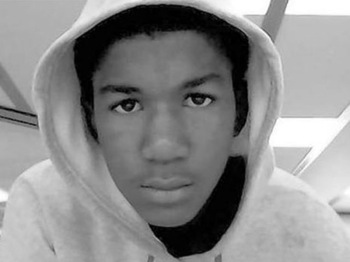
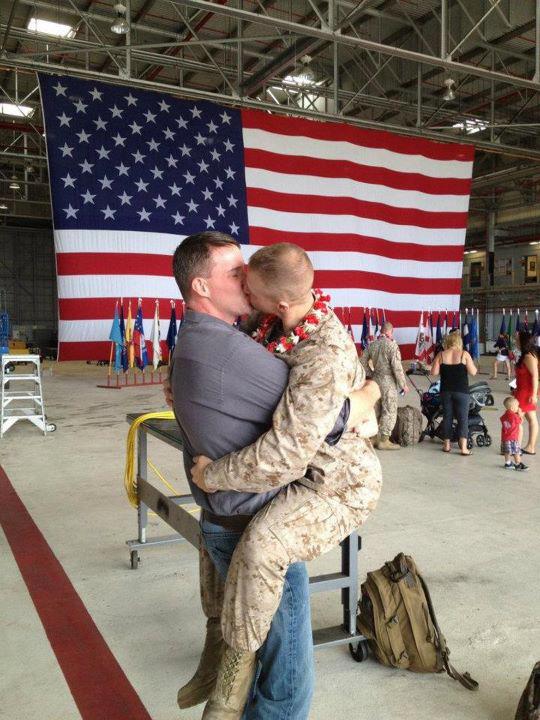
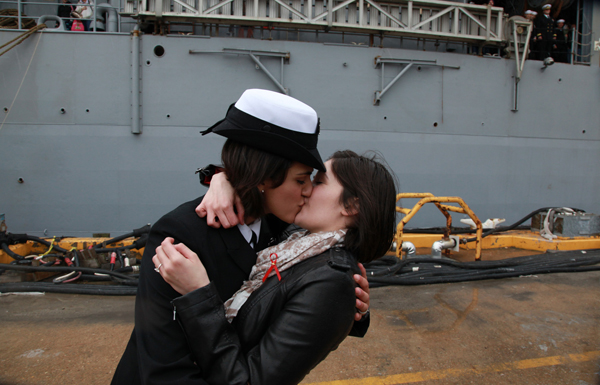
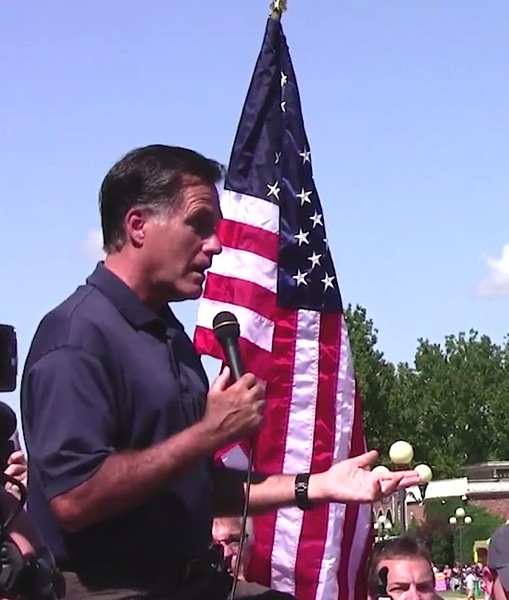
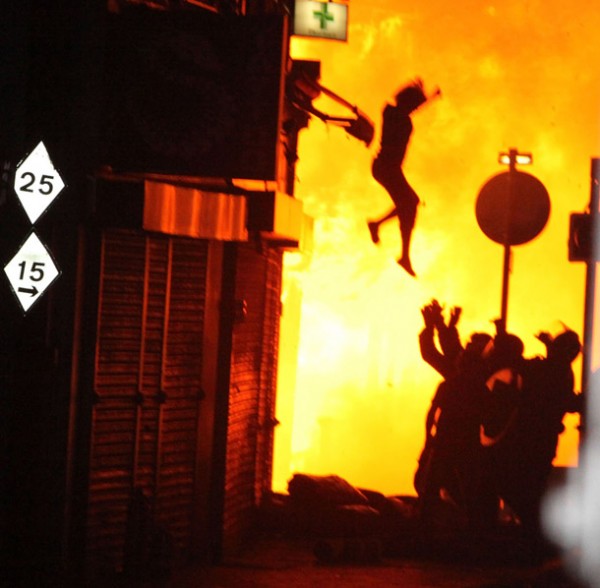
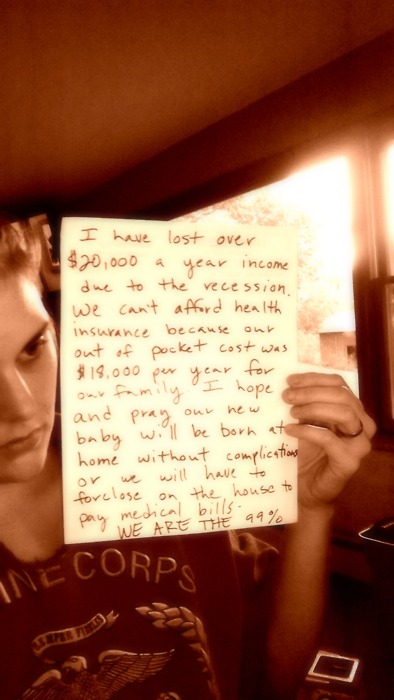
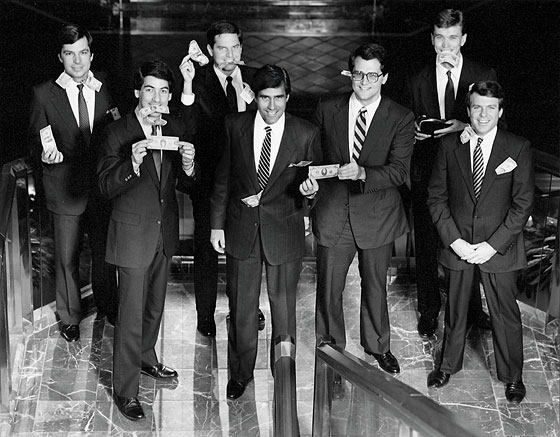
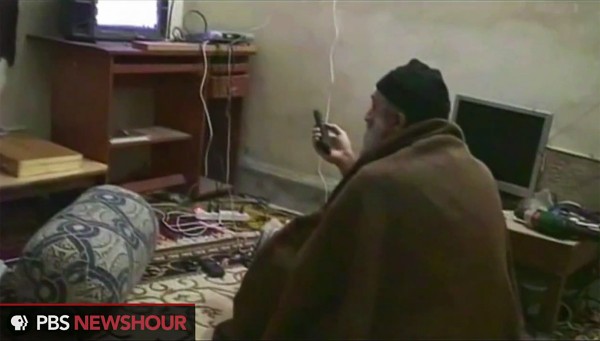
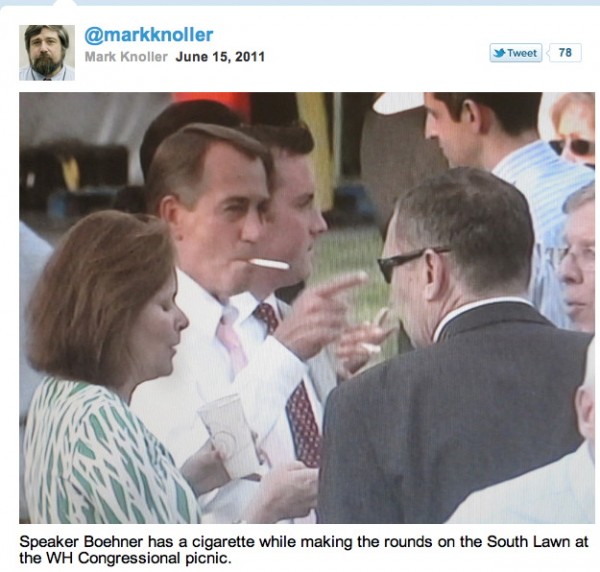
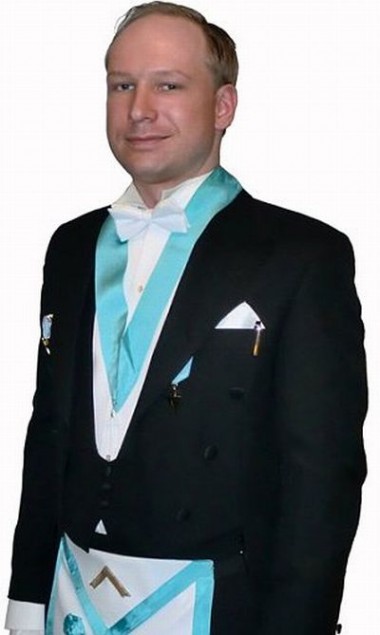
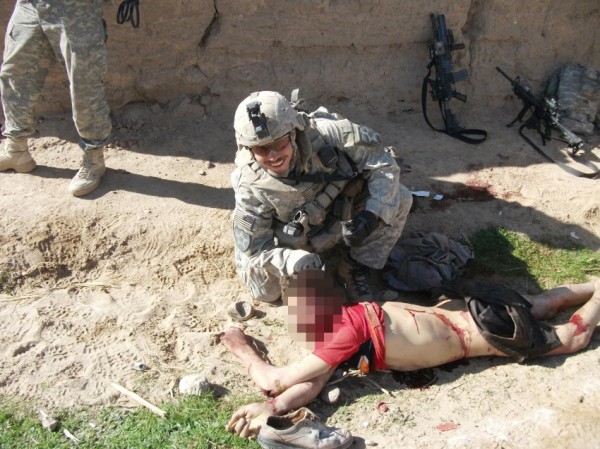

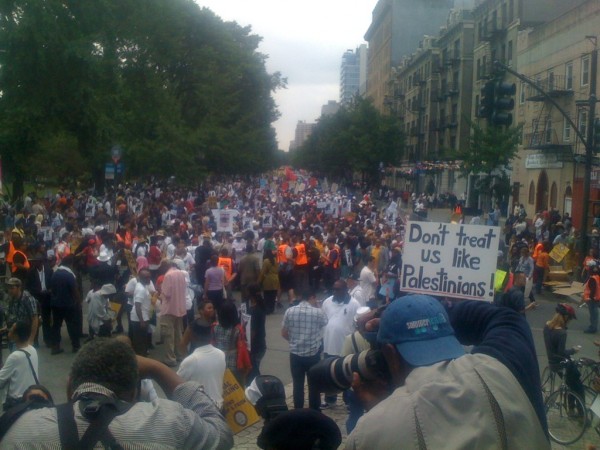
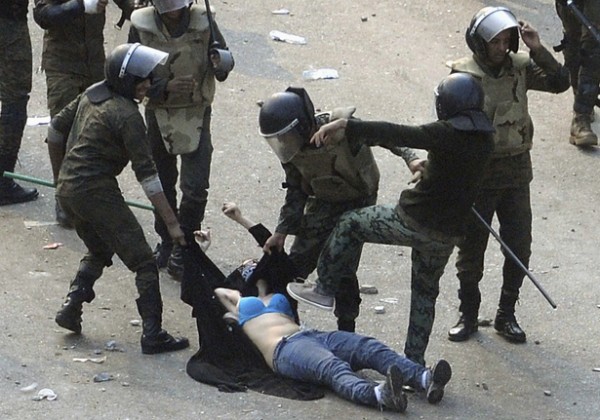
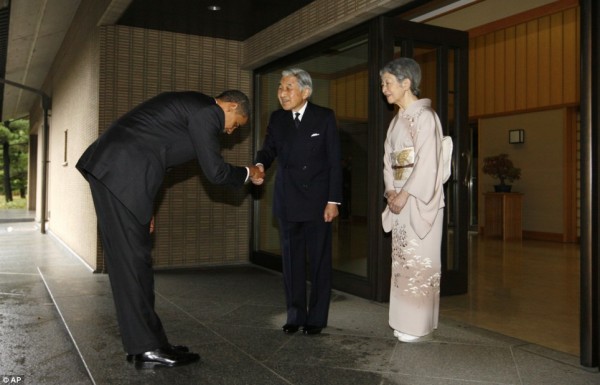
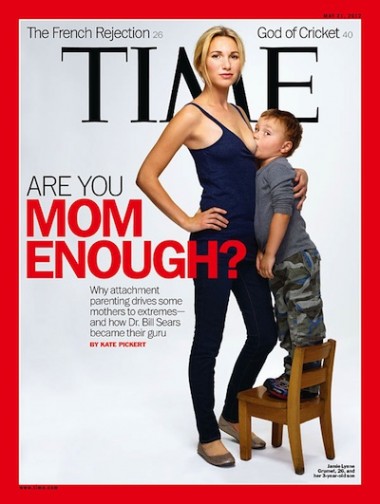
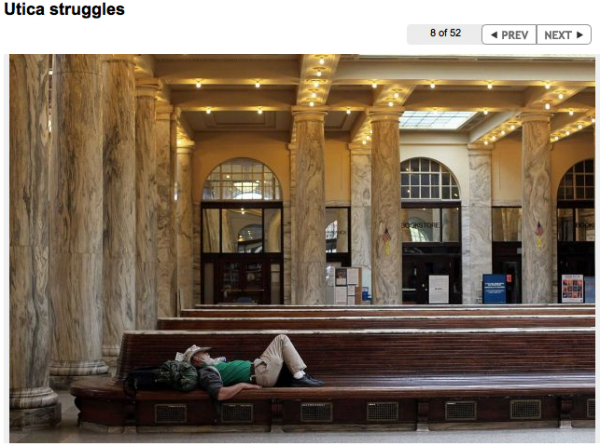
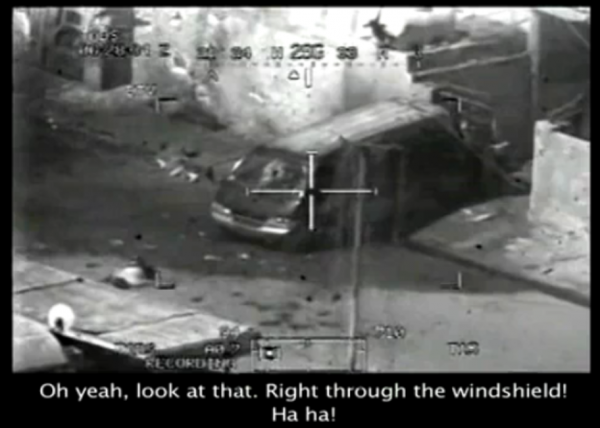
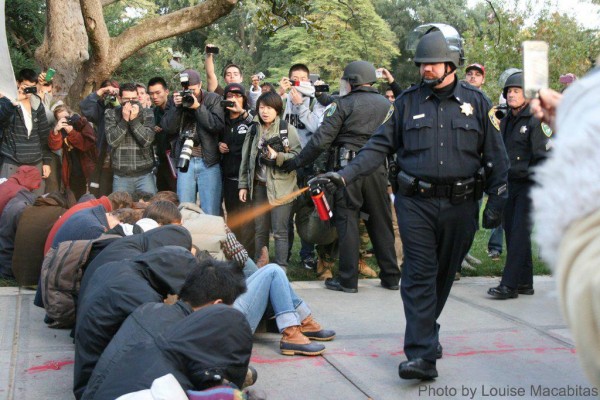
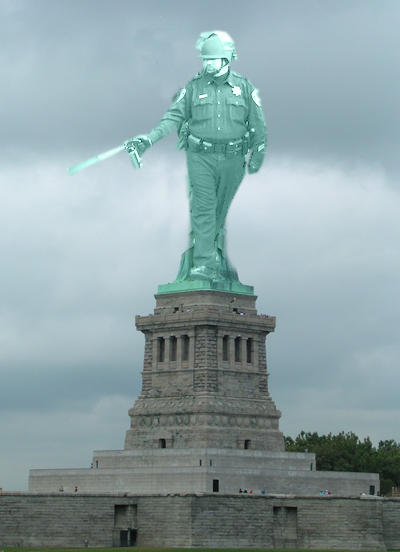
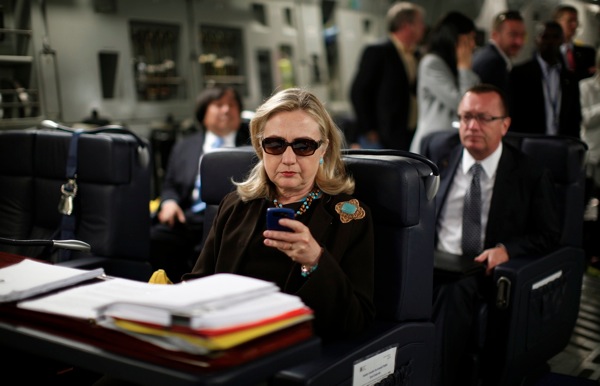
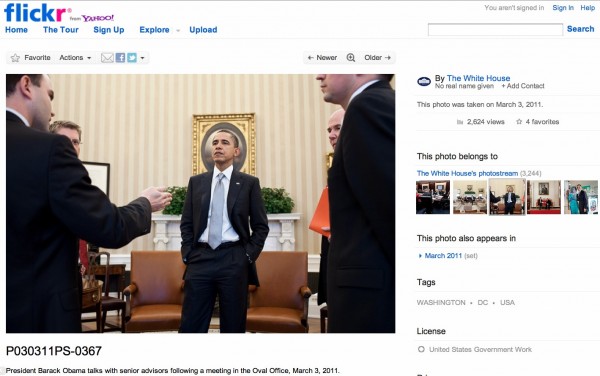
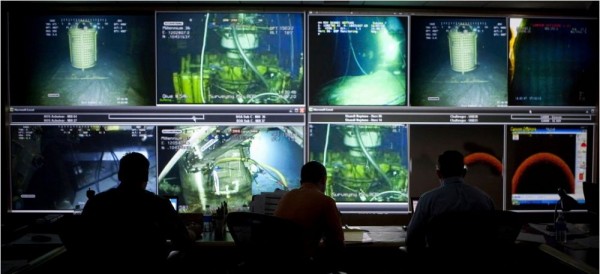
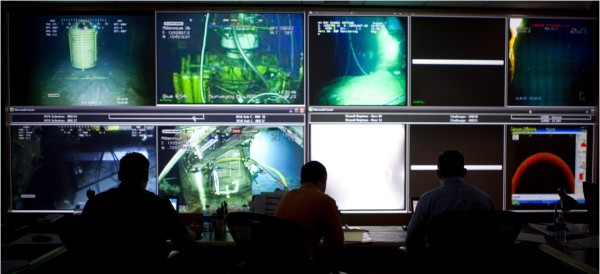
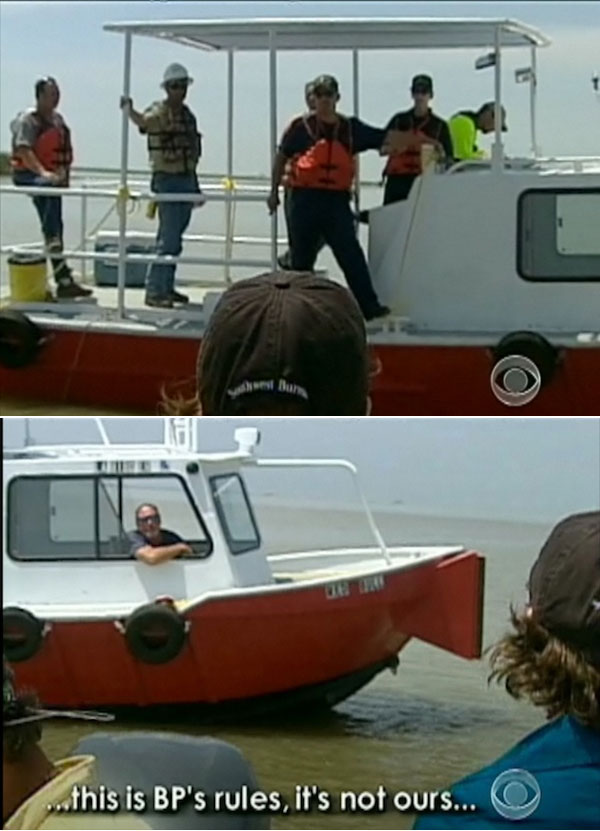
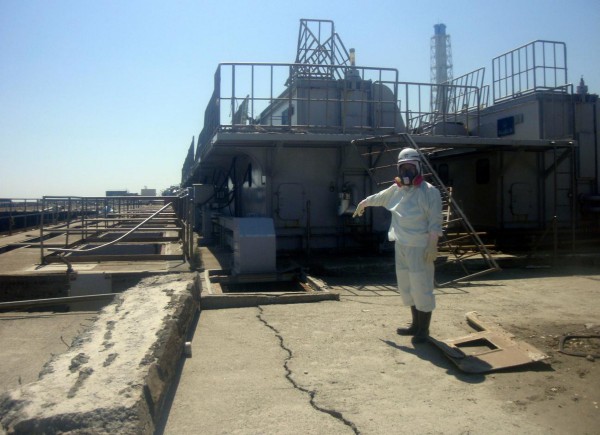

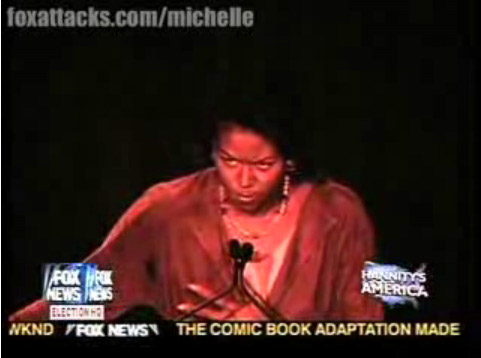
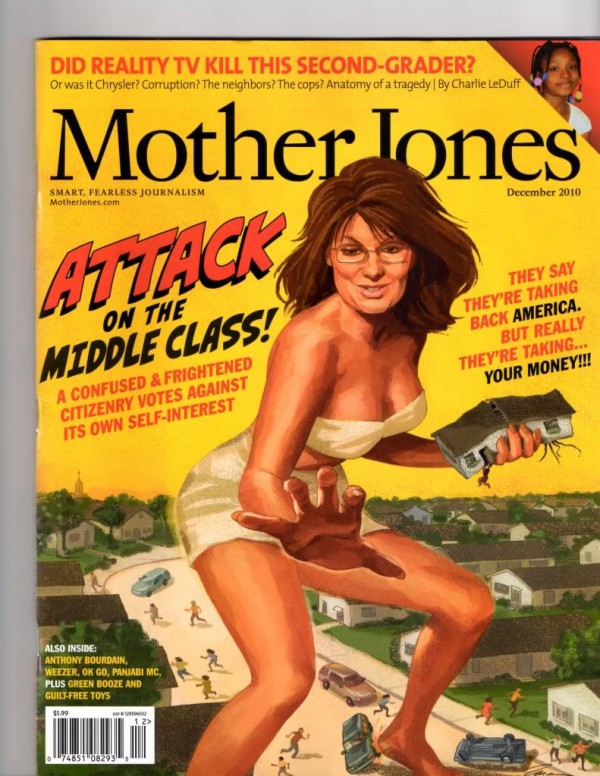

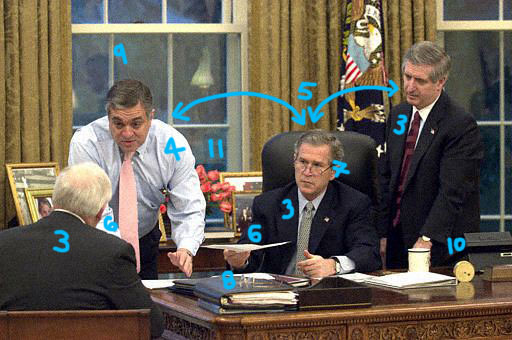
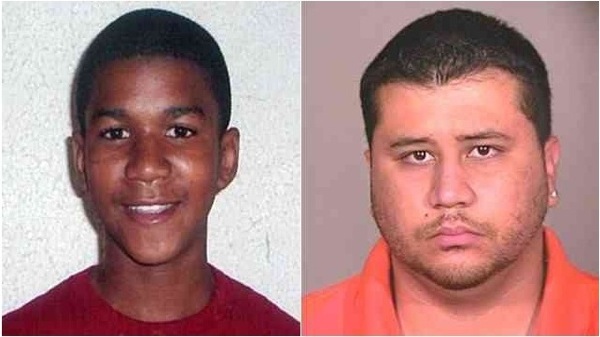
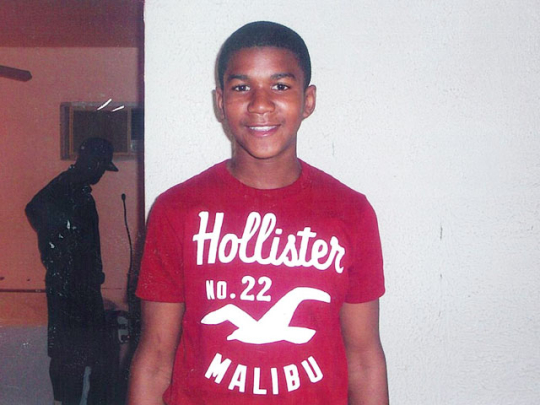
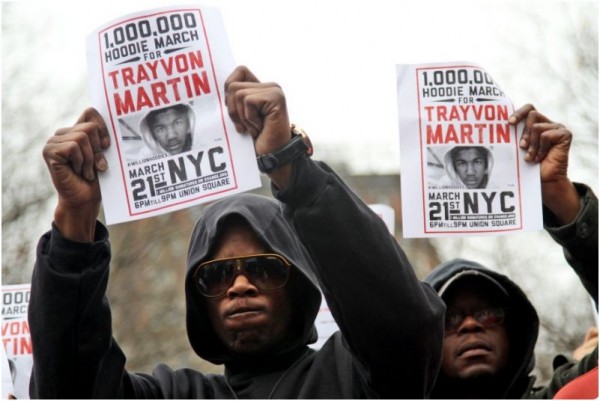
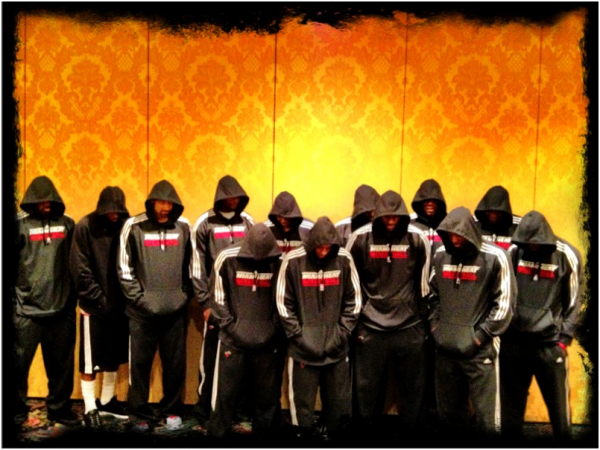
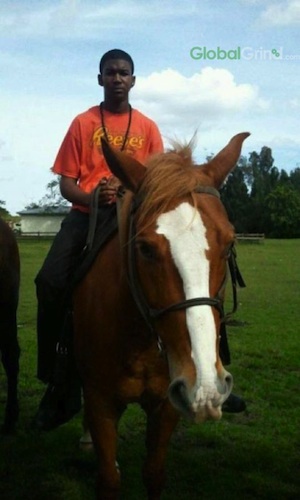


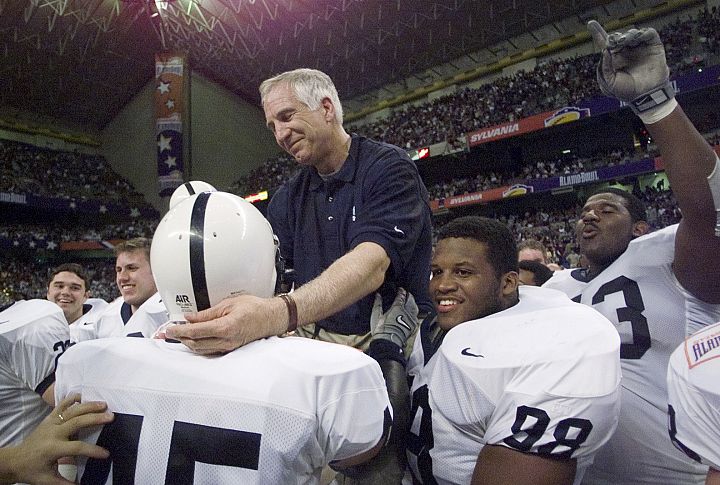
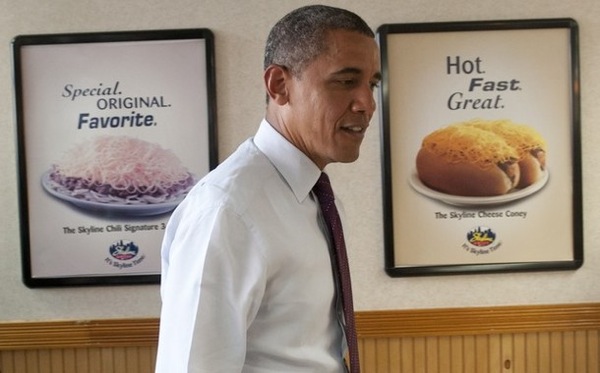
Reactions
Comments Powered by Disqus